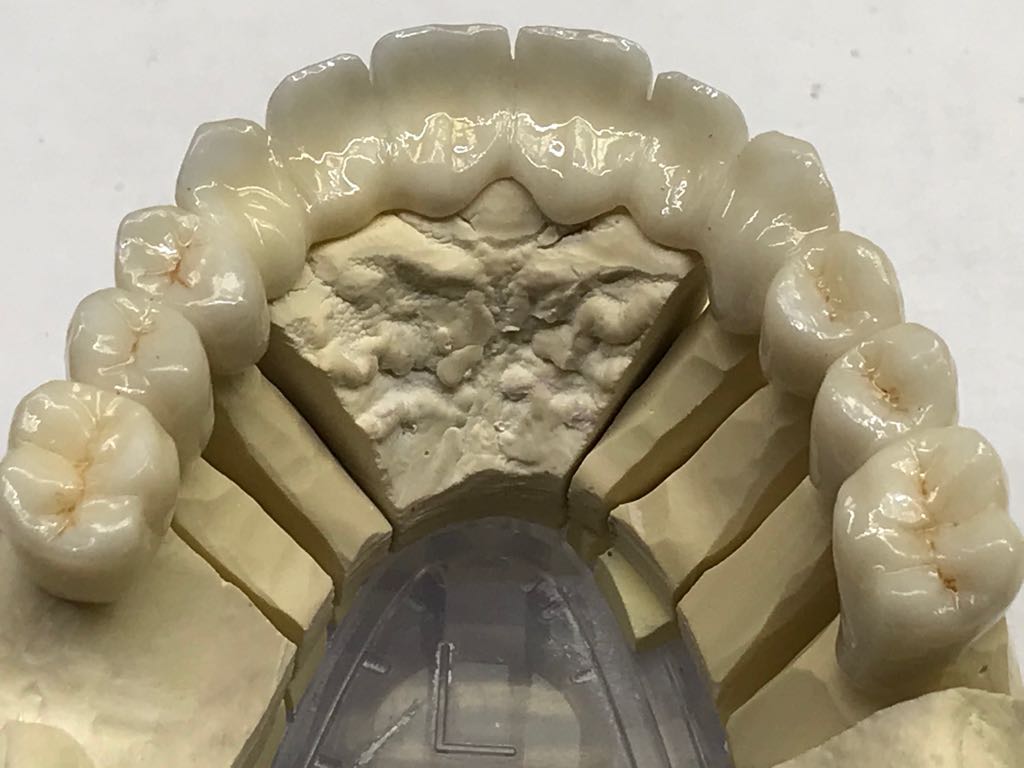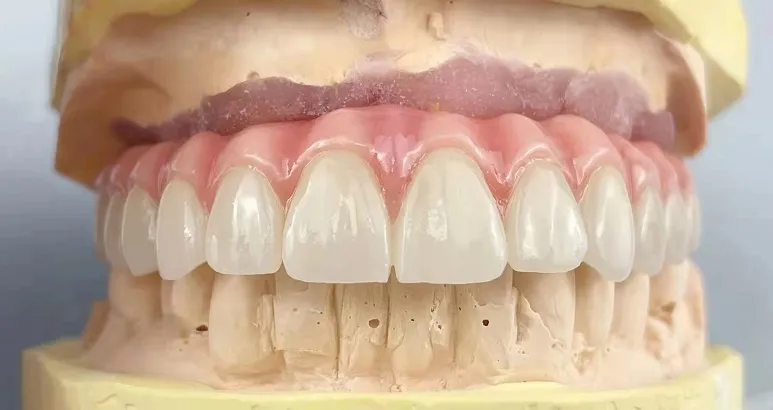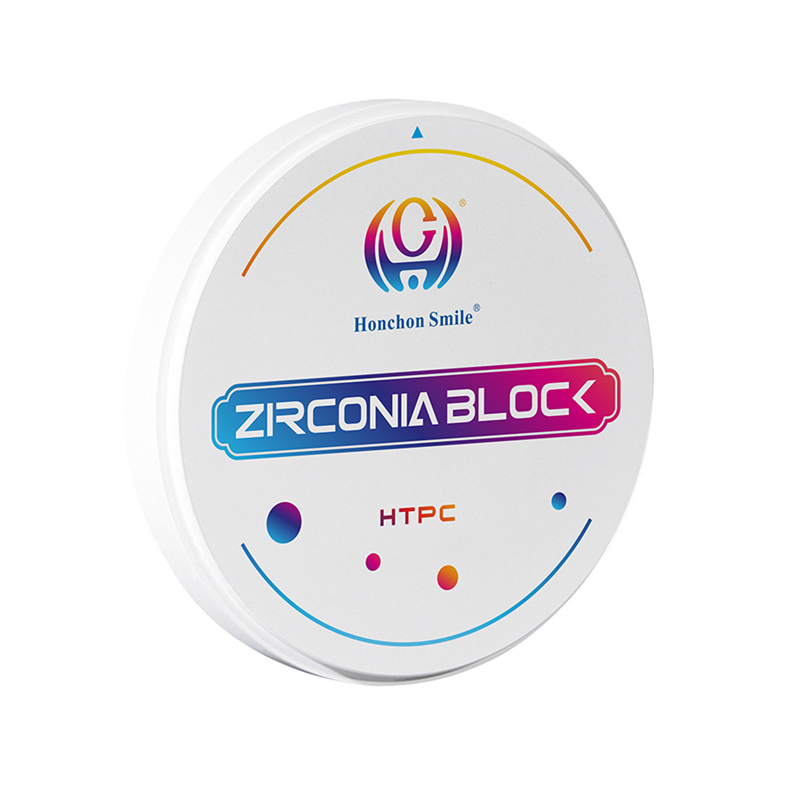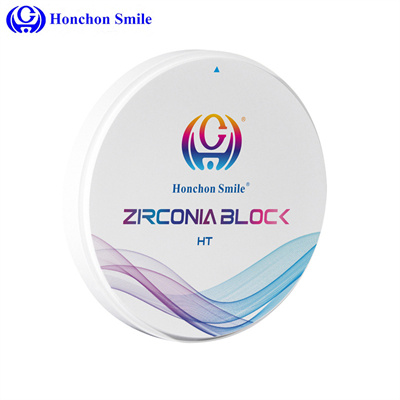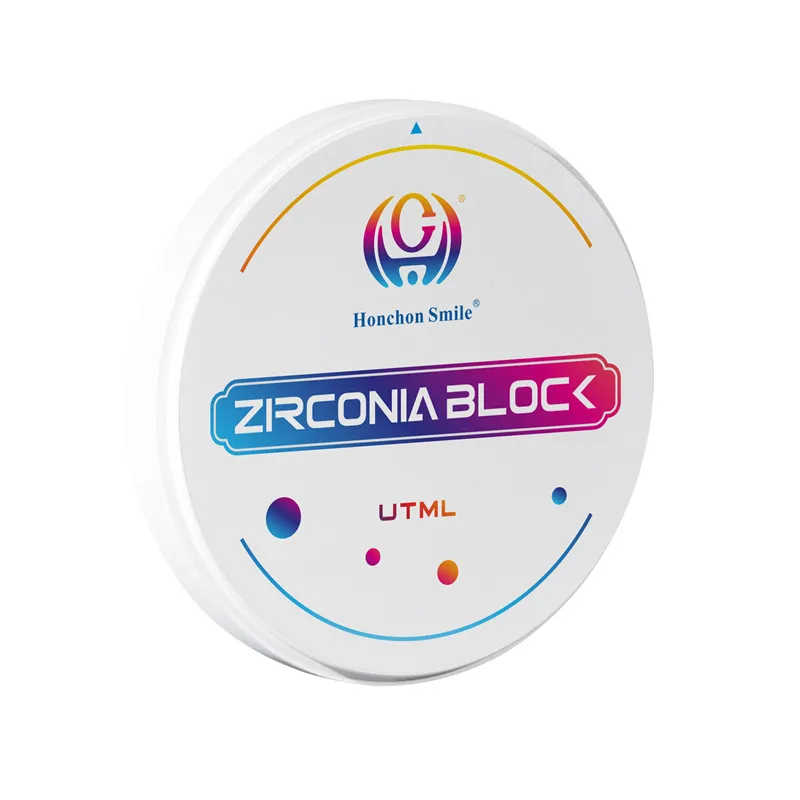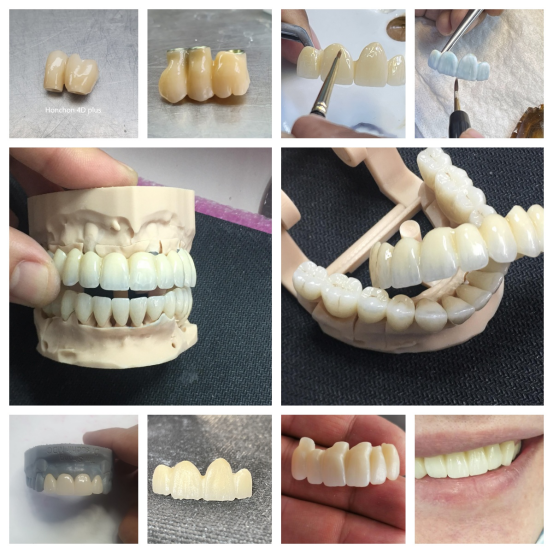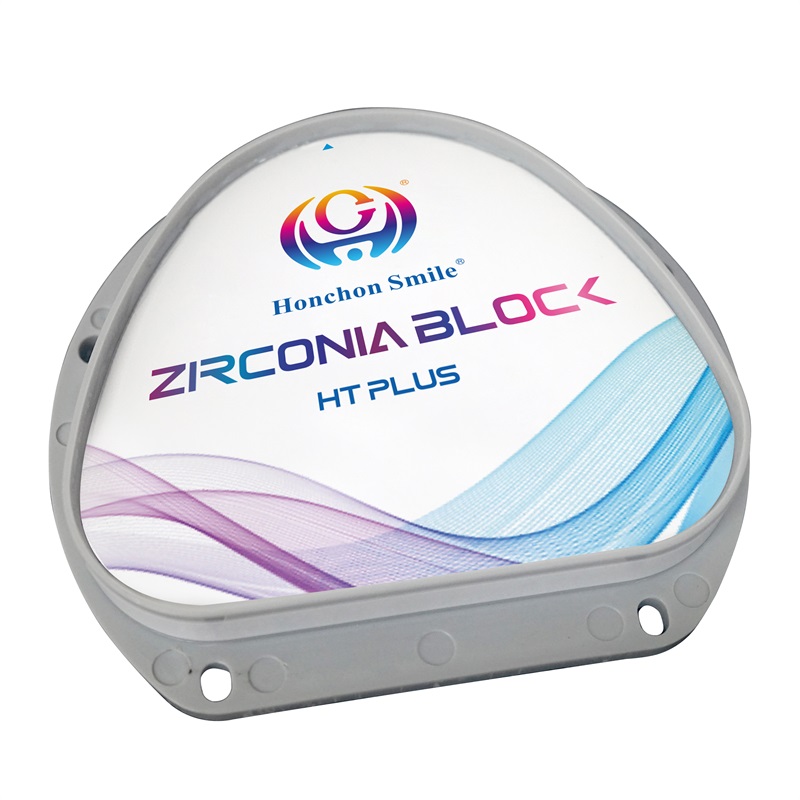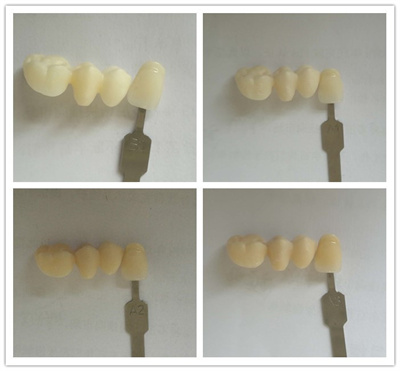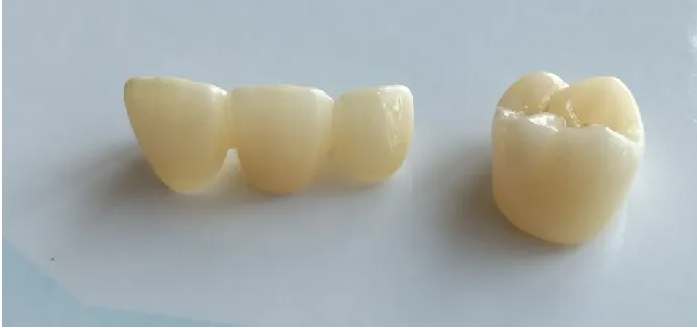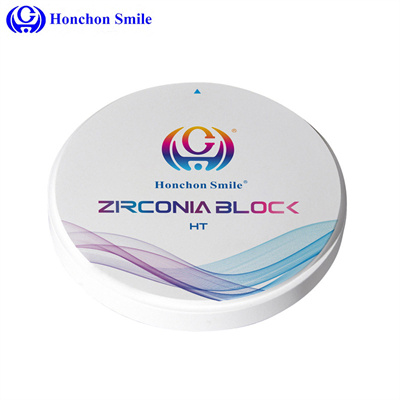Points of Zirconia Crown Preparation Design
2024-04-07
Points of Zirconia Crown Preparation Design
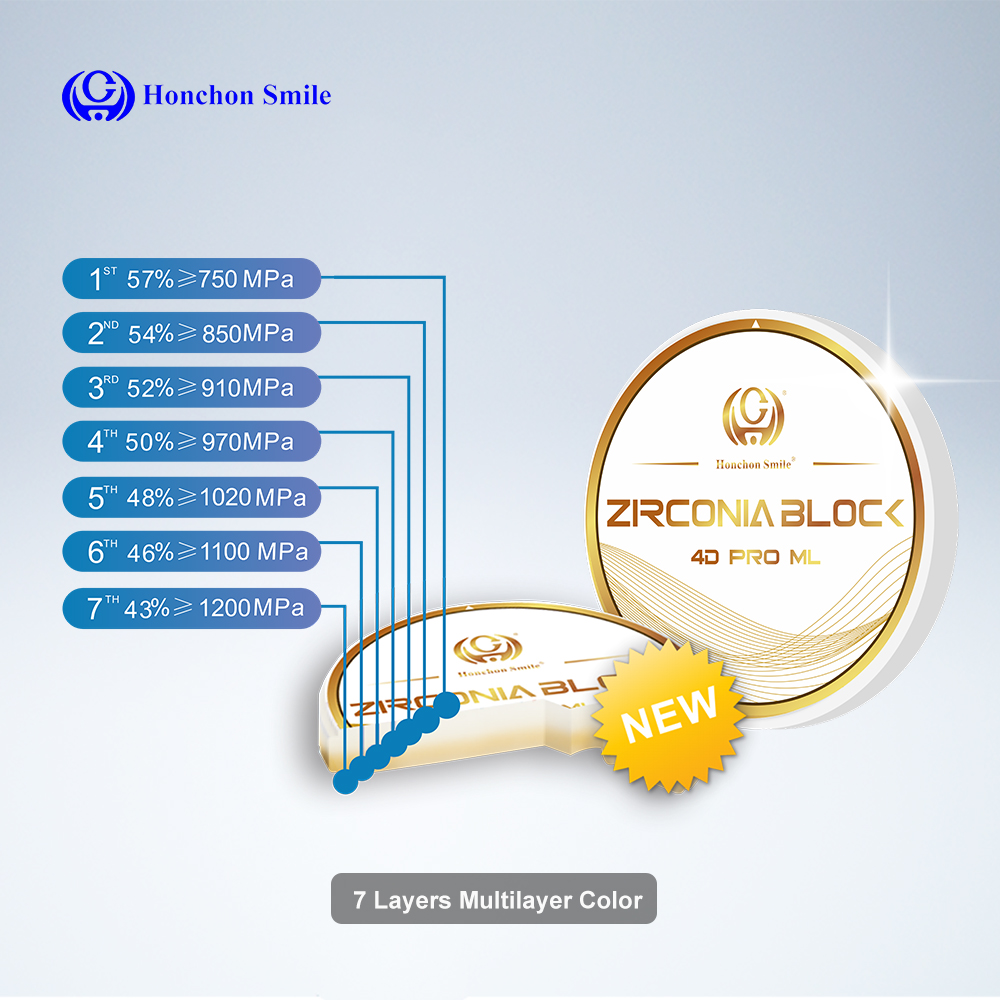
Since its introduction to dentistry, zirconia block has increasingly become the material of choice for clinicians who wish to provide their patients with the most technologically advanced metal-free restorations. Zirconia has improved dramatically with the introduction of a wider range of available abrasive discs that allow for greater shade variation and a translucency very similar to that of natural dentition. In addition to improved aesthetics, the physical properties of zirconia allow for durability, strength and precision-fitting restorations.
Tooth preparation design
Smooth margins reduce the stress on the crown.
Ceramic restorations require a passive fit.
Uniform compression leads to ideal ceramic strength.
Adequate reduction leads to optimal aesthetic results.
Digital scanners read smoother preparations with greater accuracy.
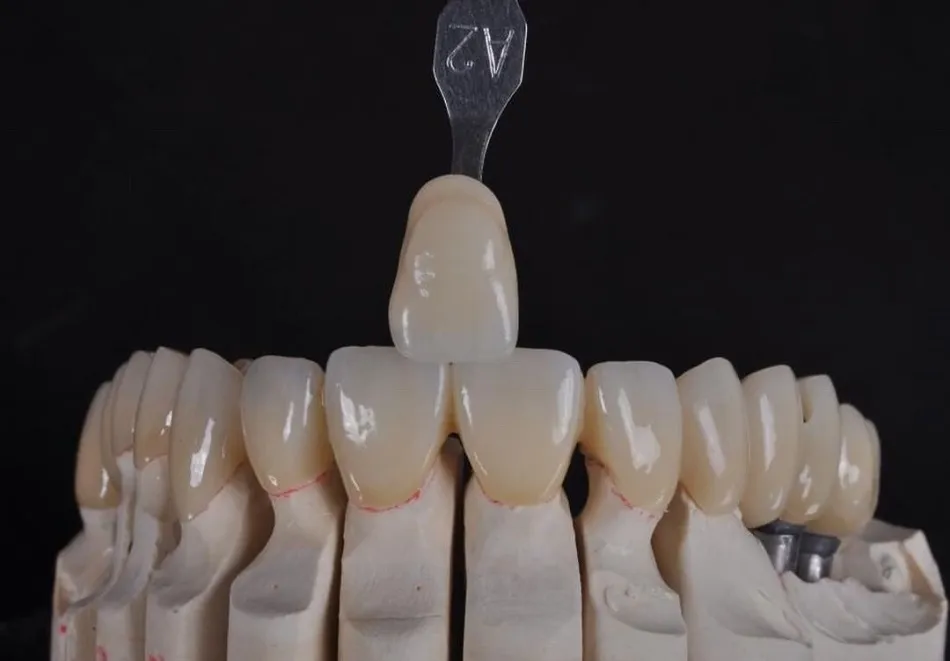
Multilayer Zirconia Blocks
Anterior Zirconia Crowns
When preparing a tooth for an anterior zirconia crown , you need to ensure that there is sufficient wall thickness to allow for at least 0.3 mm, ideally 1.0 to 1.5 mm, or 1.8 to 2.0 mm of cut end reduction. There should be a clearly visible and continuous circumferential chamfer with a reduction of at least 0.5 mm at the gingival margin. The horizontal and vertical preparation of the tooth should have an angle of approximately 5°; beveling is not recommended.
Posterior zirconia crowns
When preparing the tooth for a posterior zirconia crown, you need to ensure that there is sufficient wall thickness to allow for at least 0.5 mm, ideally 1 mm to 1.5 mm or 1.5 to 2 mm of occlusal reduction. The preparation should taper between 4° and 8°. It also needs to have a clearly visible and continuous circumferential chamfer and the gingival margin needs to be reduced by at least 0.5 mm. As with the preparation of anterior crowns, the use of bevels is not recommended. Make sure that all occlusal margins should be rounded.
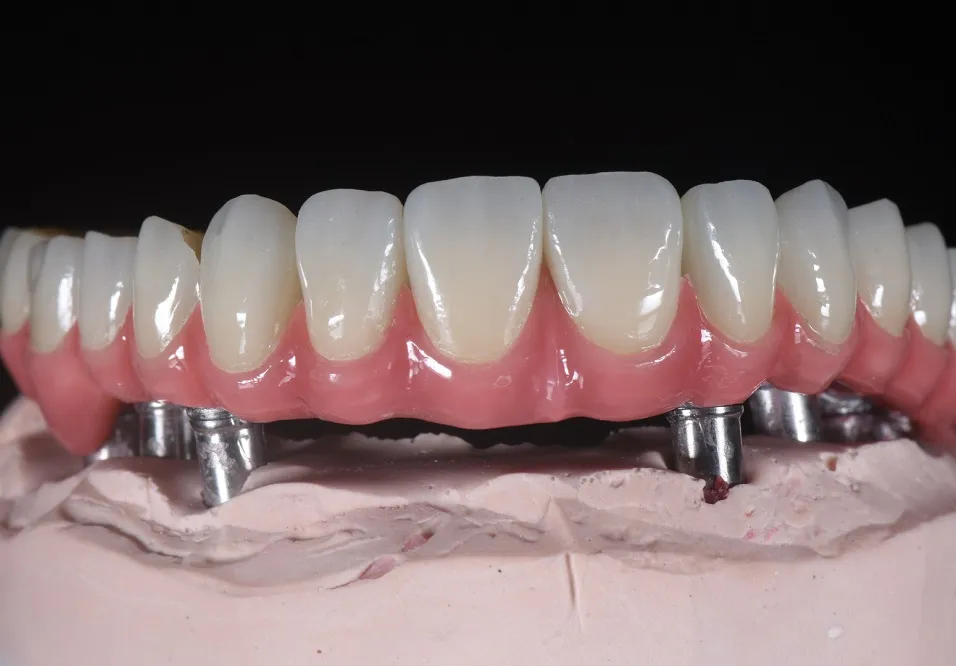
Zirconia Blocks
Cementing and finishing
Marginal finishing is often required when fitting and cementing zirconia restorations. Excess cement must be removed to avoid plaque formation, which can lead to tooth sensitivity and periodontal disease. Gingival margins can be trimmed using a non-cutting, safe end trimming lath that protects soft tissue. Although these adjustments may slightly rough the surface of the zirconia restoration, it should be easily polished to create an exceptionally smooth surface.
If adjustments are needed, it is important to use the appropriate needle. Excessive heat or sparks from violent reduction can cause micro-cracking of the zirconia. It is important to use as little pressure as possible to reduce the amount of heat generated. Water during adjustment is also an effective way to keep the restoration cool.
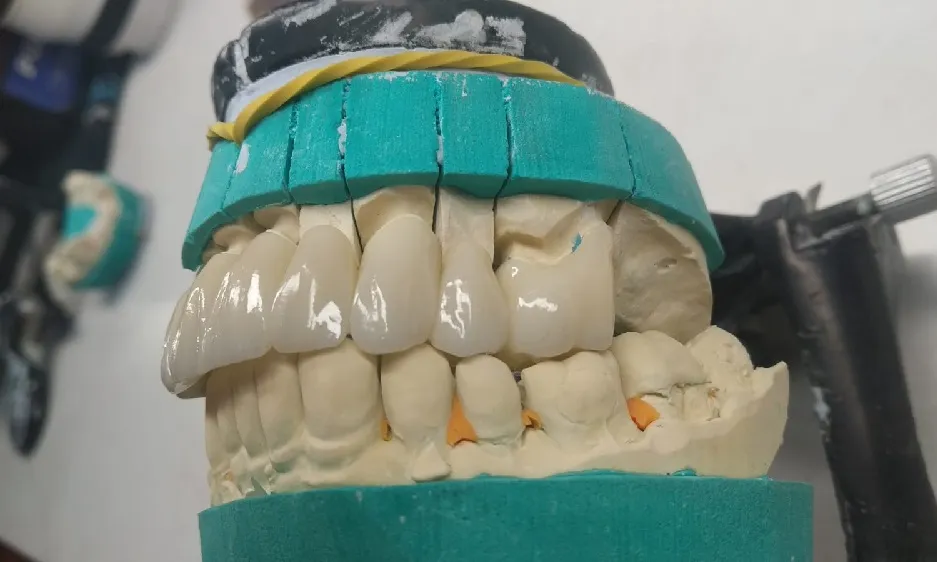
Zirconia Blocks 4D pro Multilayer
If you would like to discuss zirconia implant cases in more detail, our experienced technical team is ready to assist you. If you need to purchase a zirconia block, please contact us for a quote.


